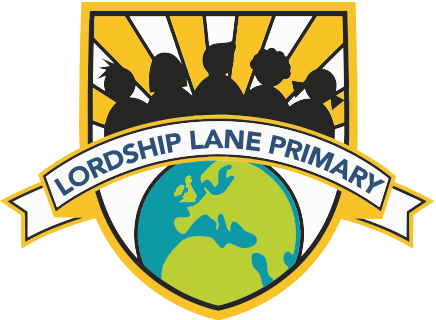Design & Technology
Design and Technology (DT) at Lordship Lane
Aims
Our Design and Technology (DT) curriculum has two broads aims. Firstly, we aim to develop the manual skills that children need to create a range of products. Secondly, we aim for children to develop an understanding of the design process and its problem-solving nature, including the importance of evaluating and refining products.
Cultural Capital
Our carefully structured DT curriculum provides opportunities that are additional to the National Curriculum. Design technology helps to build cultural capital through exposure to life-skills such as innovation and entrepreneurship. Our curriculum enables and nurtures a love of design and technology, helping children to develop the skills required for their future working life.
Curriculum
Our DT curriculum is based on Projects on a Page, developed by the Design and Technology Association and covers all the expectations of the National Curriculum. Children work on three DT projects over the year, one in each full term. These projects cover a wide range of DT, including structures, mechanisms, food, textiles and digital design.
DT Teaching
In EYFS, children begin to develop their DT skills in a range of ways. For example, they are provided with a range of materials for construction, which both supports their developing motor skills and gives them the chance to explore different types of materials. They also have the opportunity to use a range of tools, for example in woodwork.
In key stages 1 and 2, children have either art or design and technology (DT) each half term. These are both taught in a block of a week, including up to a whole day to create the product they have designed, as well as lessons before and after this day so that children can prepare for and evaluate their work.
Overview
The table below offers a very broad overview of what children study in DT each term.
| Year Group | Autumn Term | Spring Term | Summer Term |
| N | Children explore different materials freely, in order to develop their ideas about how to use them and what to make. They develop their own ideas and then decide which materials to use to express them. Children also join different materials and explore different textures and create closed shapes with continuous lines, beginning to use these shapes to represent objects. | ||
| R | Children are provided with a range of materials (for example Lego, waffle bricks and Interstar) to construct with and are encouraged to think about and discuss what they are creating. Problems encountered during the process are discussed and solved through sharing of ideas. Children are asked to reflect on how they achieved their aims. Children are provided with a range of tools over the EYFS learning process, and taught to use them with care and precision, for example in woodwork. | ||
| 1 |
Structures: Freestanding Structures |
Mechanisms: Wheels and Axles |
Mechanisms: Slides and Levers |
| 2 |
Food: preparing fruit and vegetables |
Mechanisms: Slides and Levers |
Textiles: Templates and Joining Techniques |
| 3 |
Mechanisms: Levers and Linkages |
Food: Healthy and Varied Diet |
Textiles: 2D shapes to a 3D product |
| 4 |
Structures: Shell Structure |
Food: Healthy and Varied Diet |
Electrical Design: Electrical Systems |
| 5 |
Mechanisms: Pulleys and Gears |
Structures: Frame Structures |
Food: Celebrating Seasonality |
| 6 |
Textiles: Combining Different Fabric Shapes |
Food: Celebrating Culture |
Digital Design: Digital Media |
